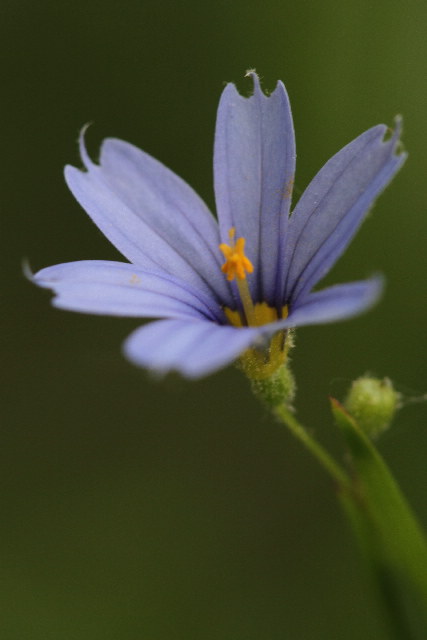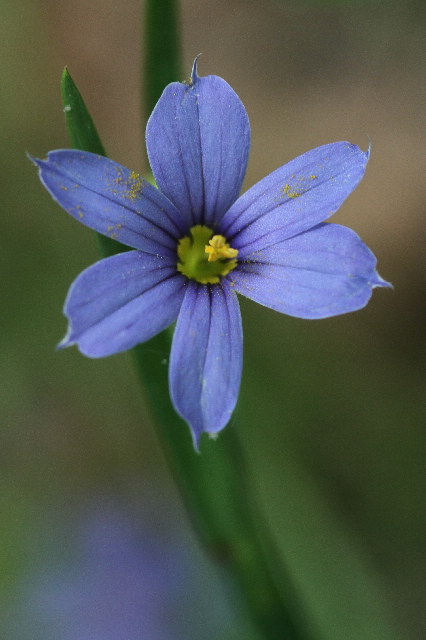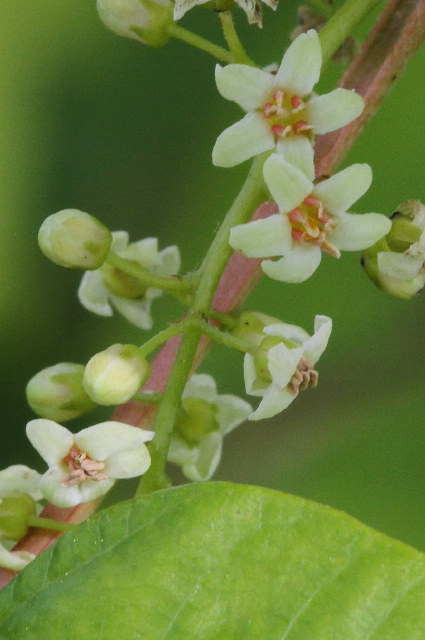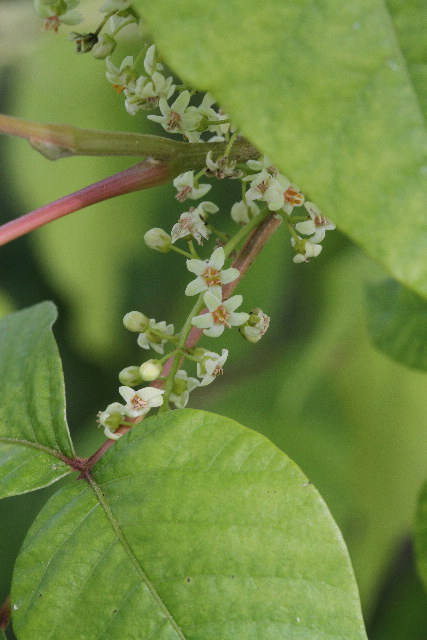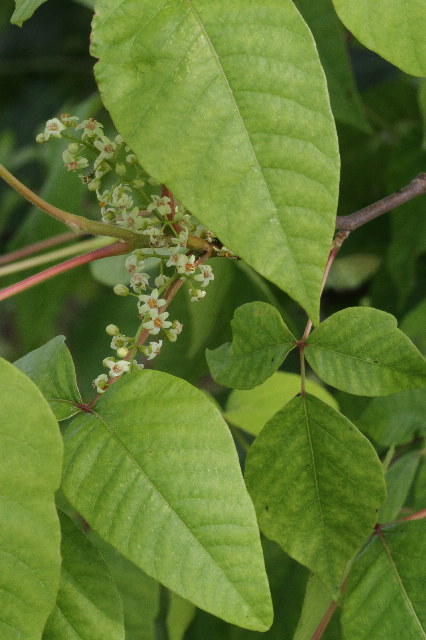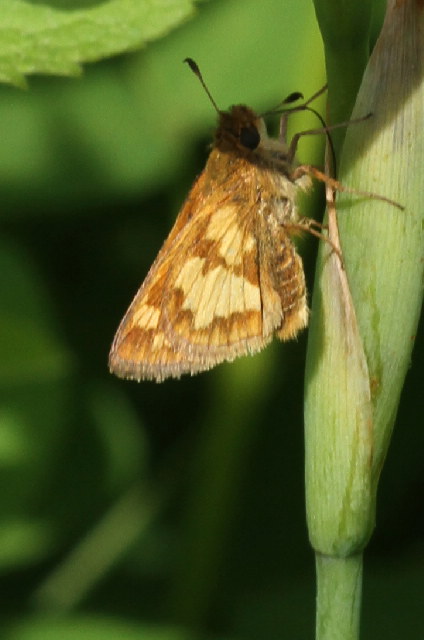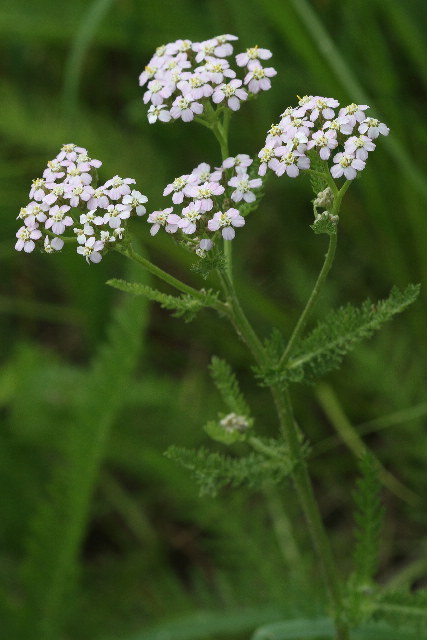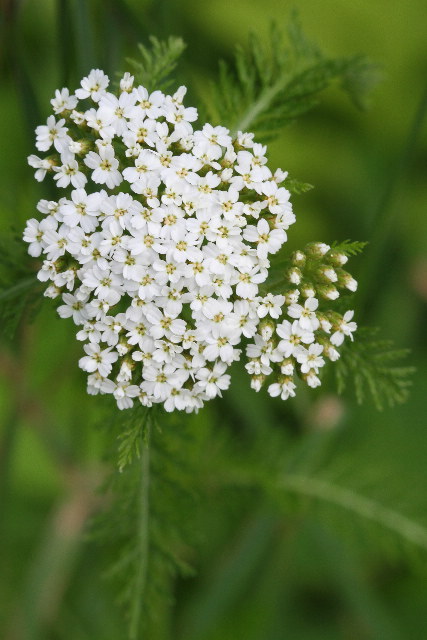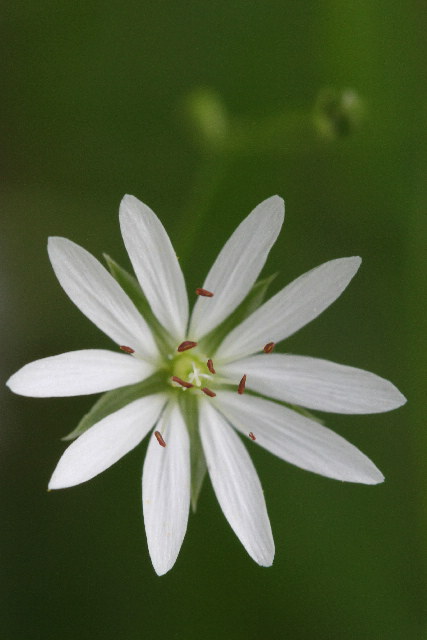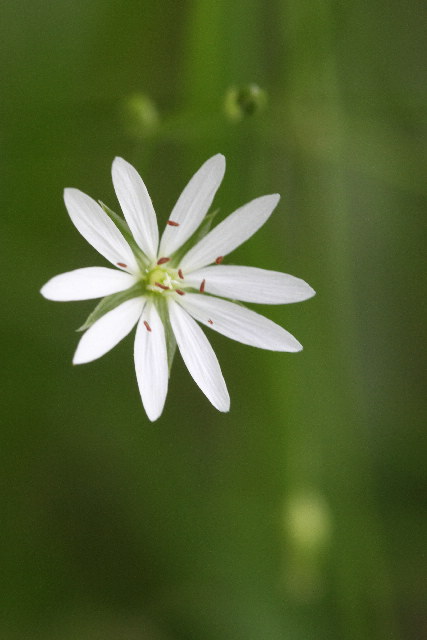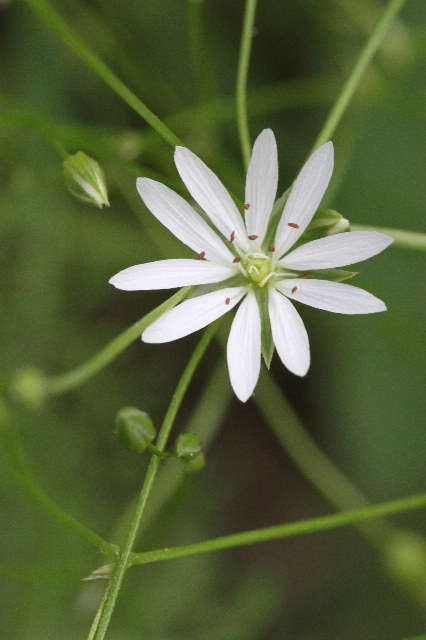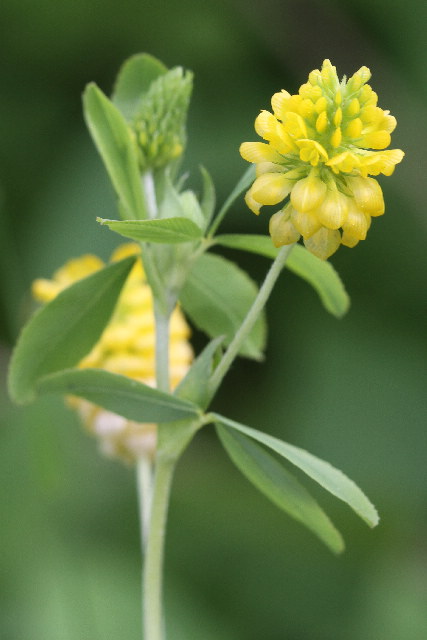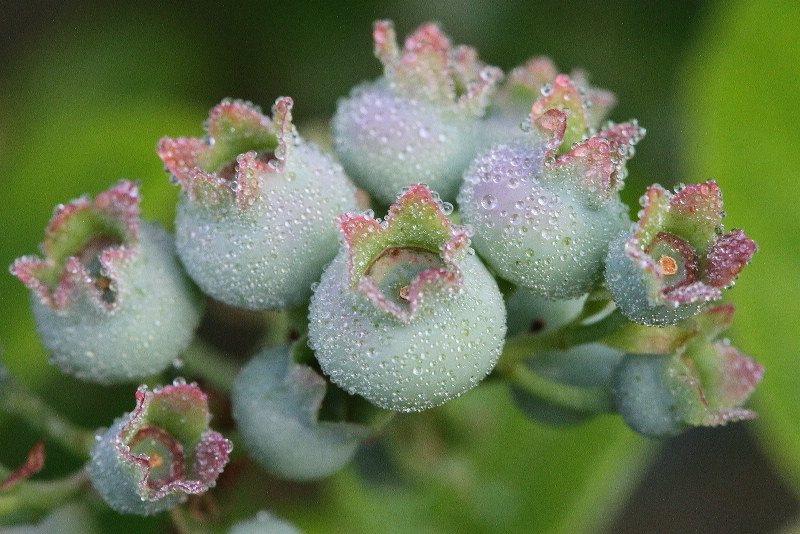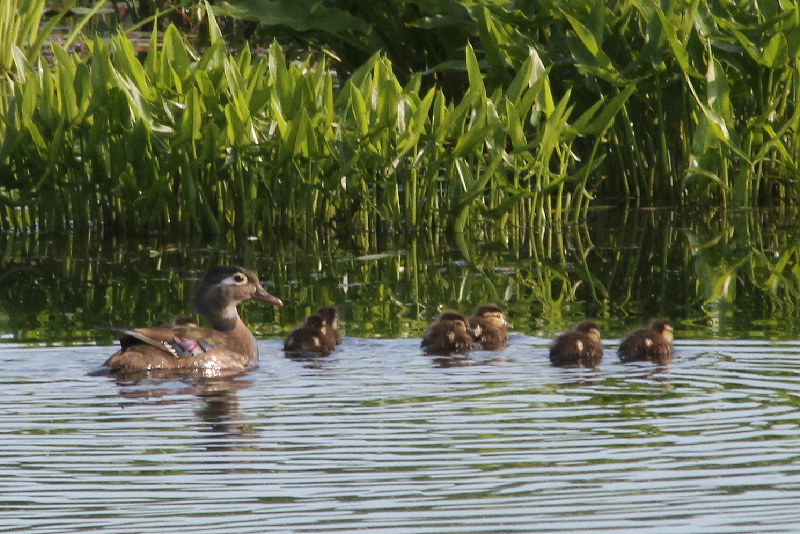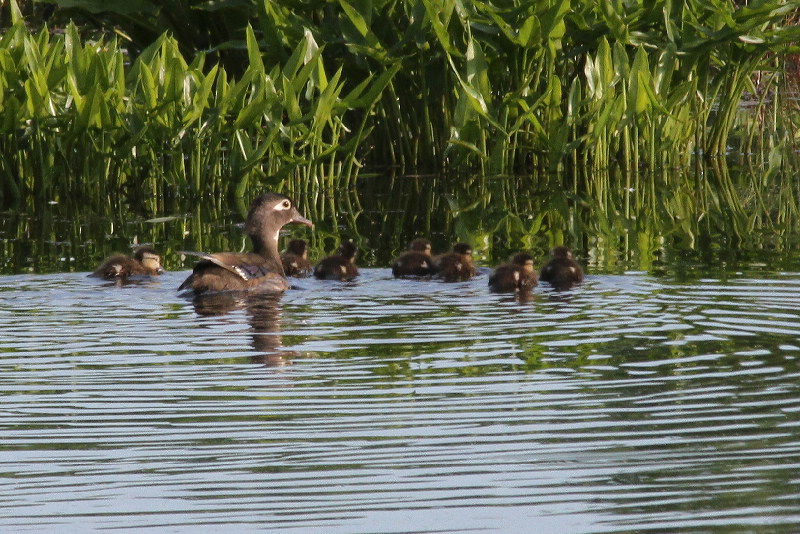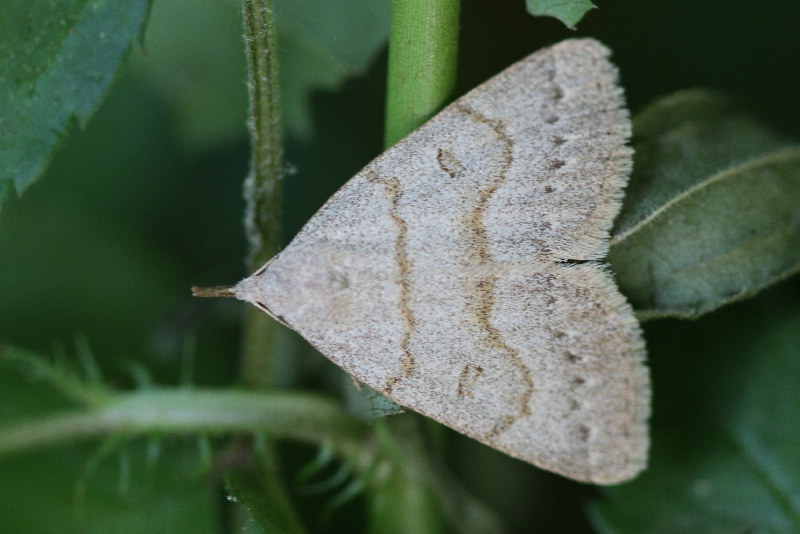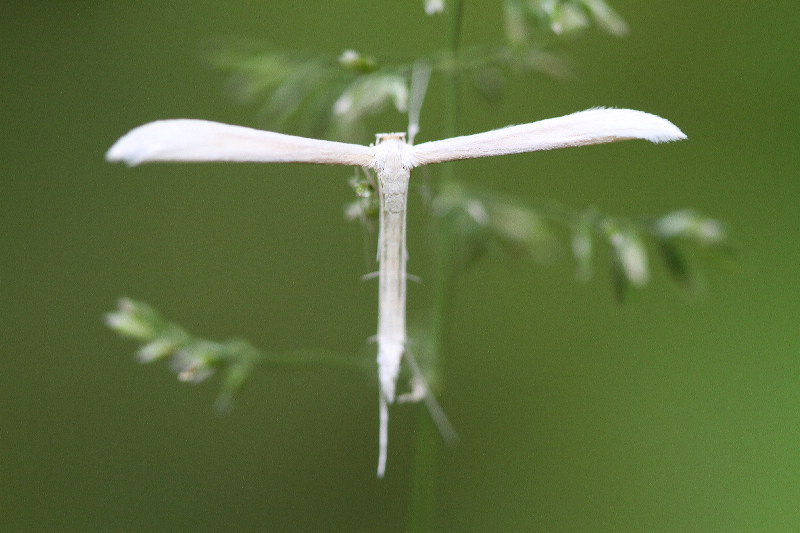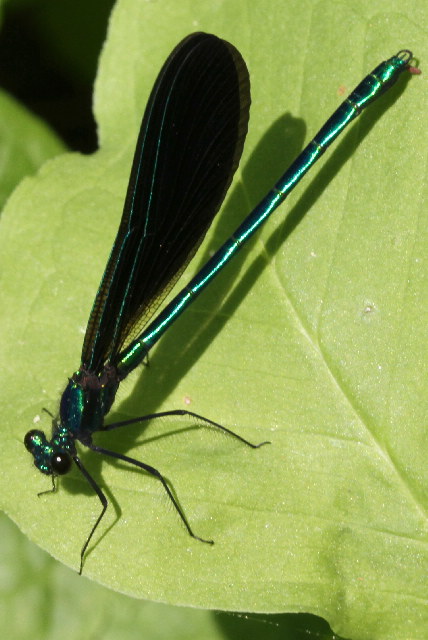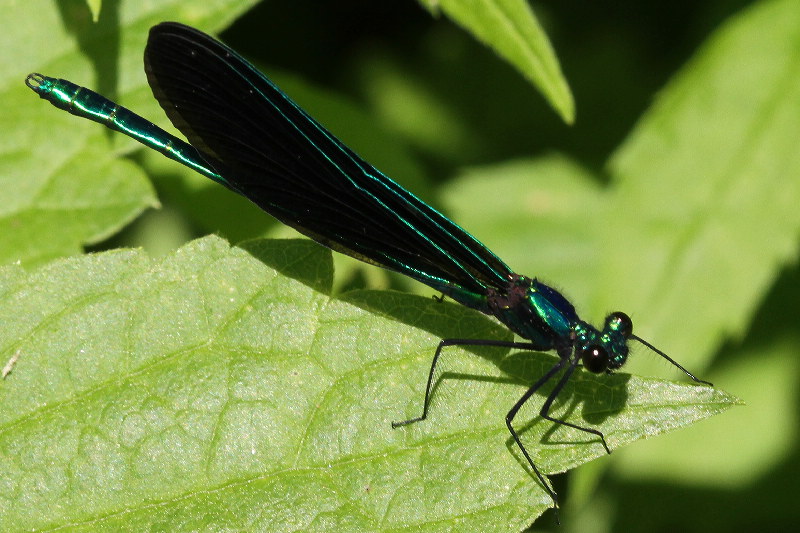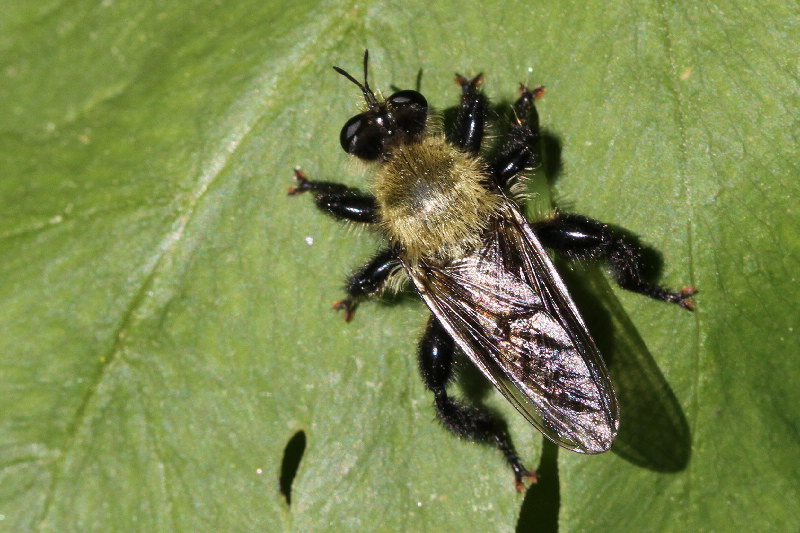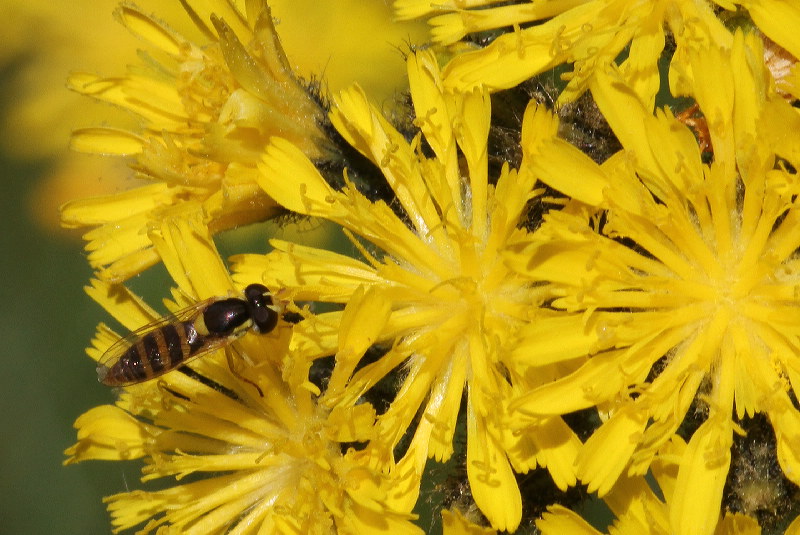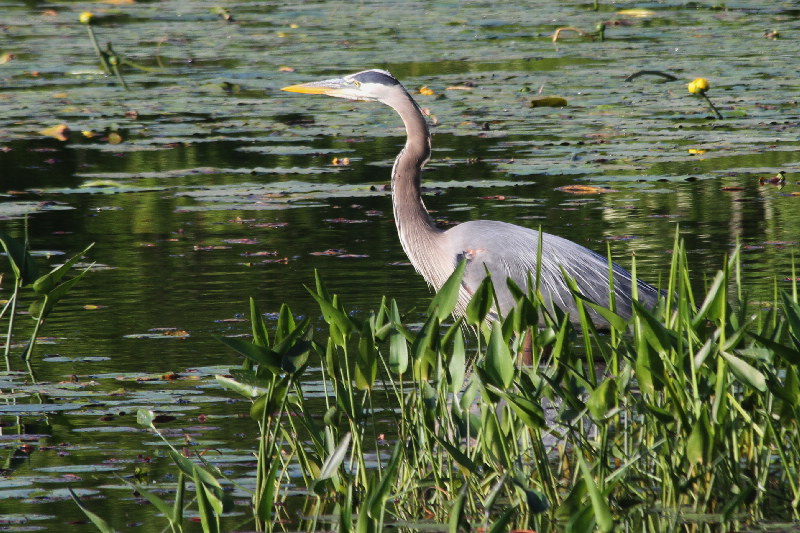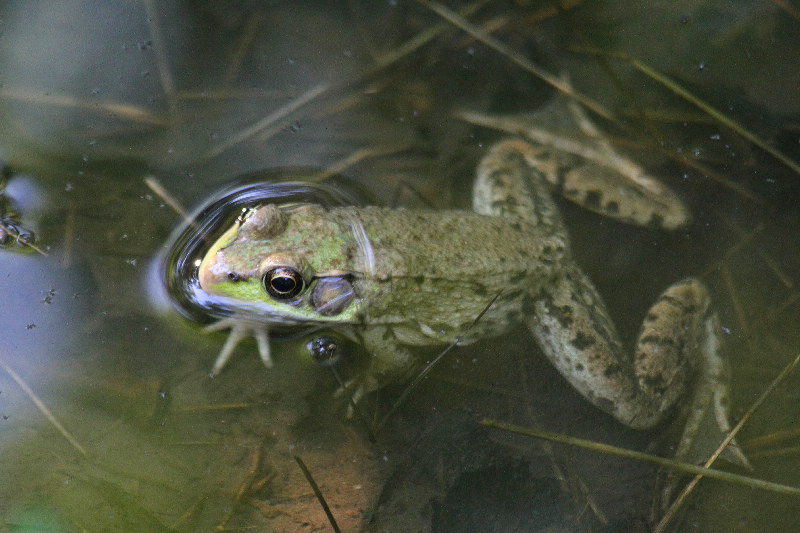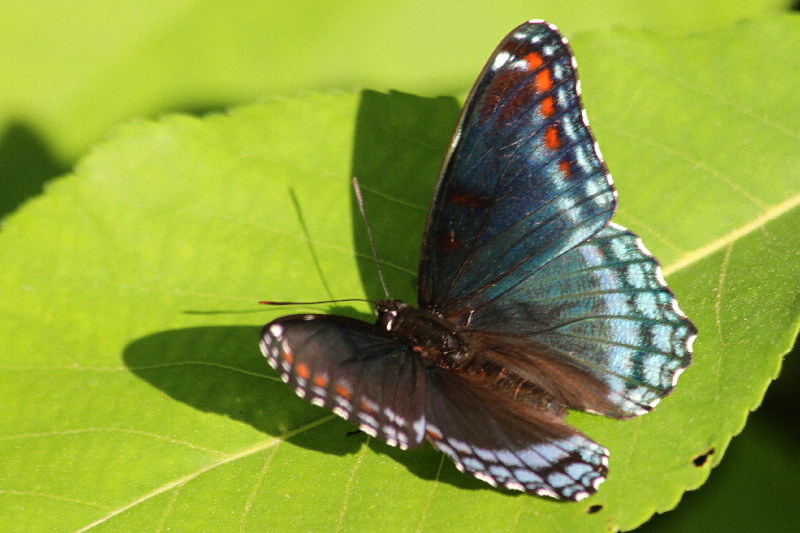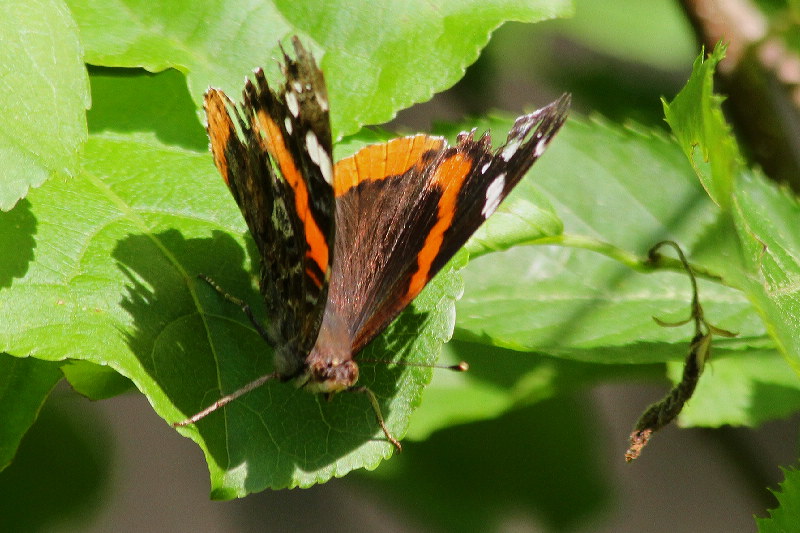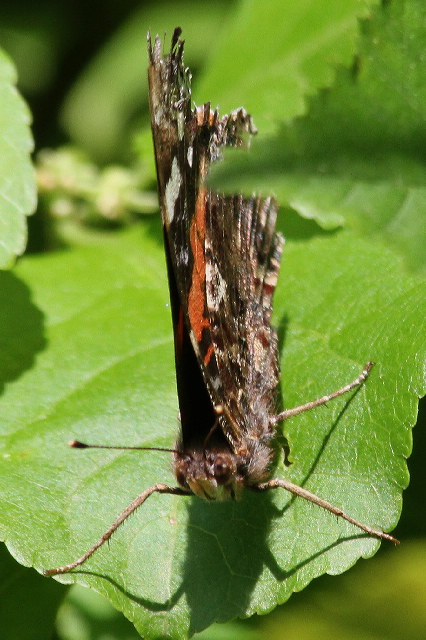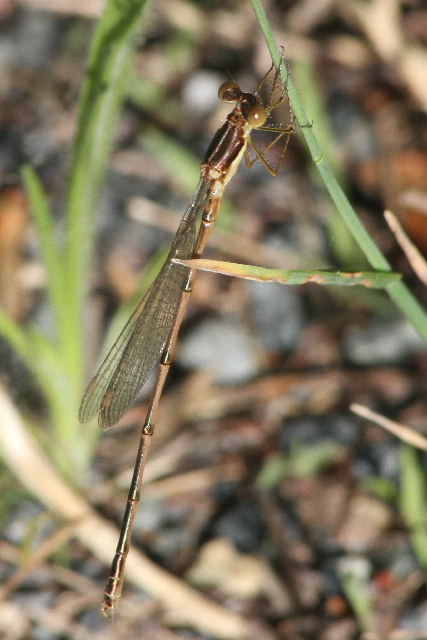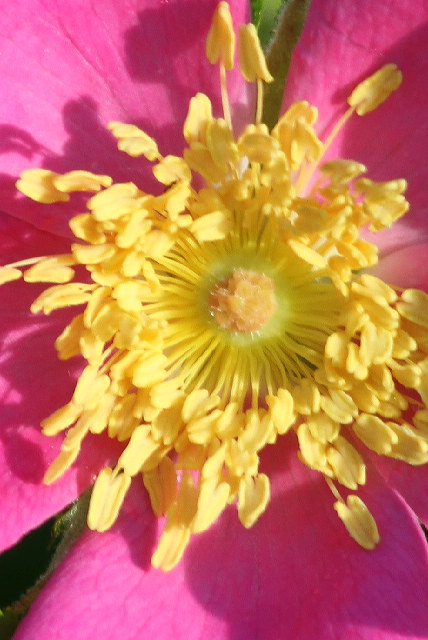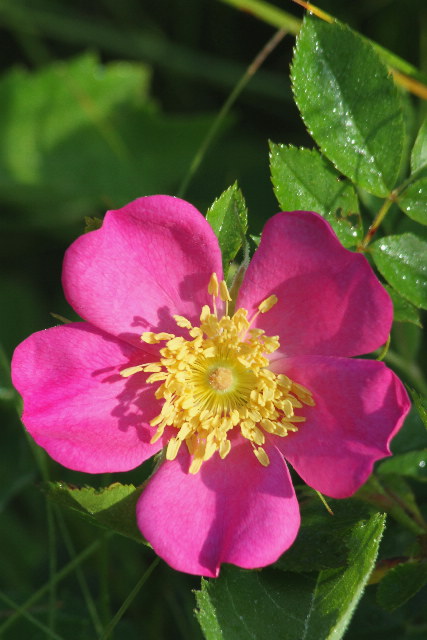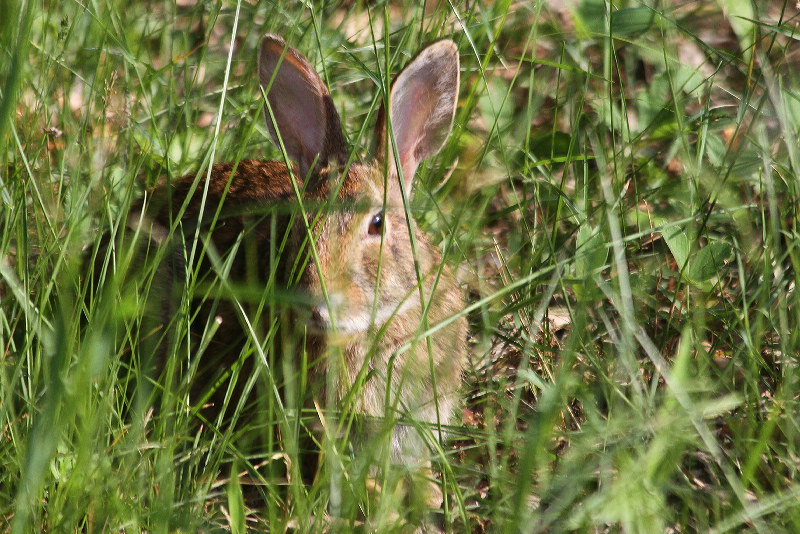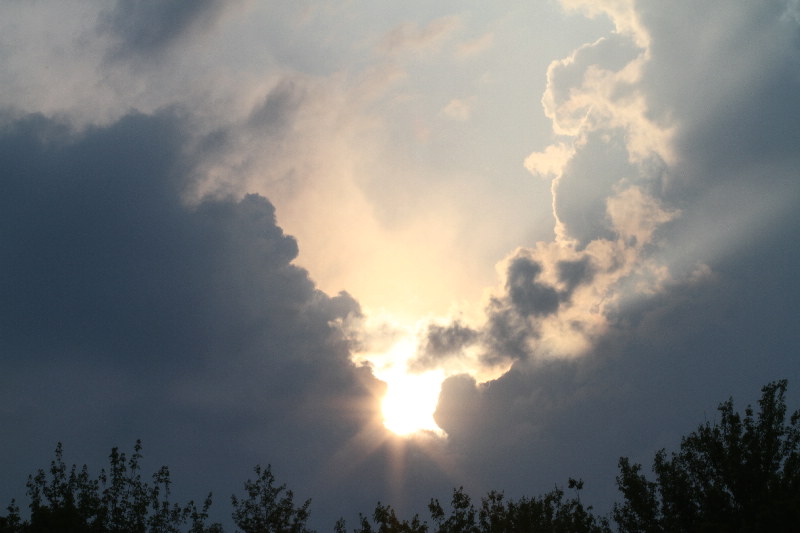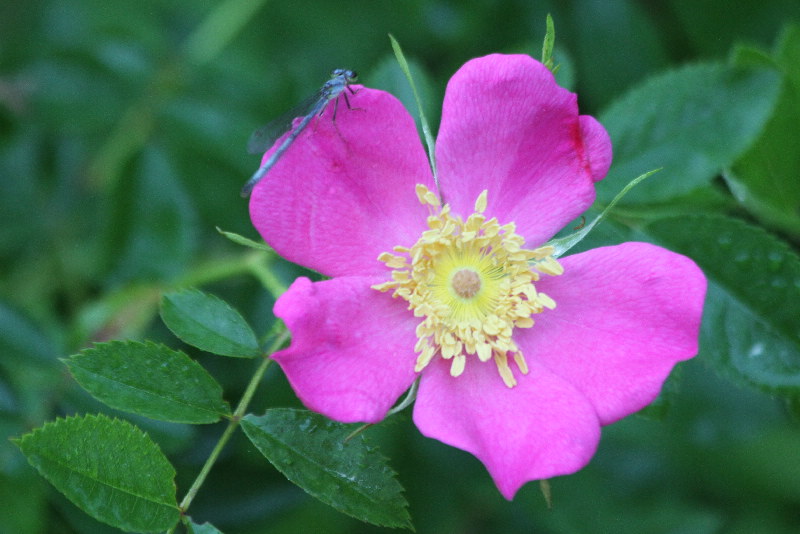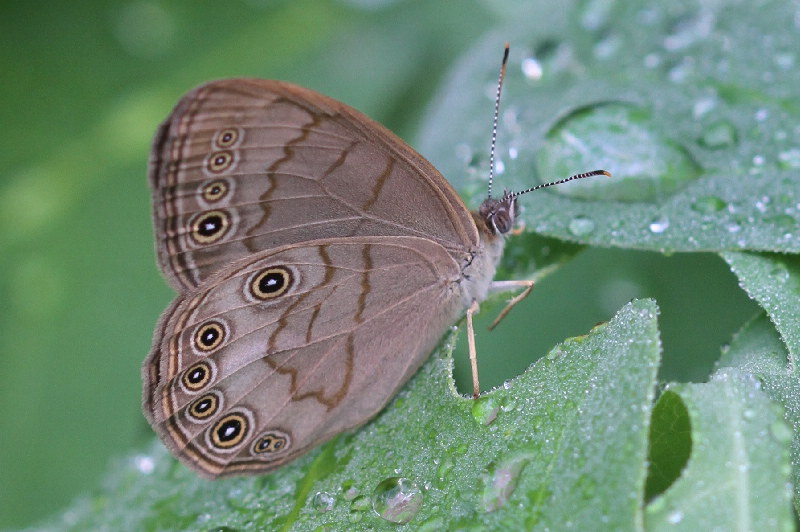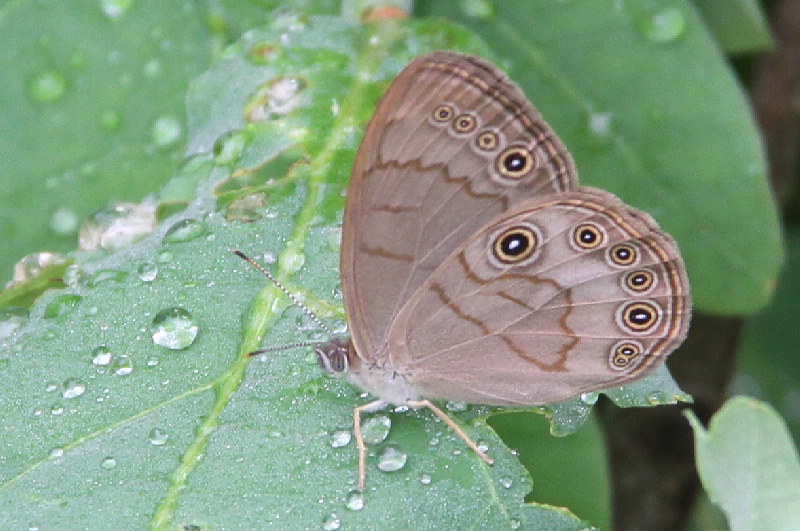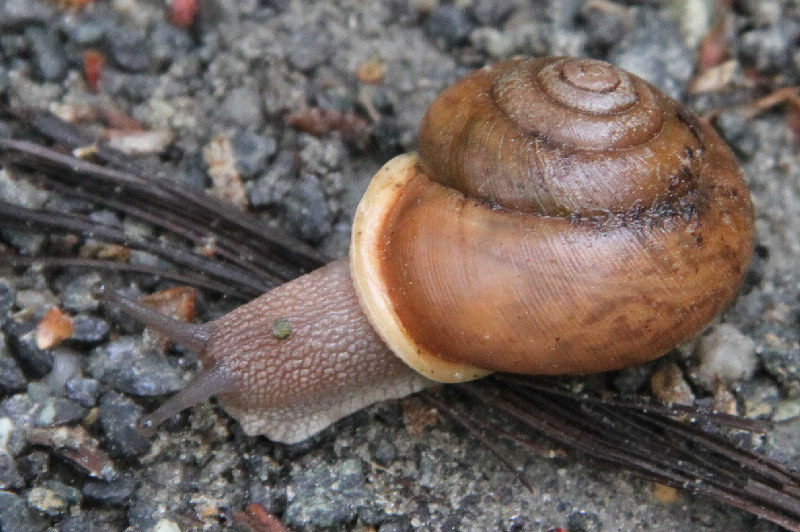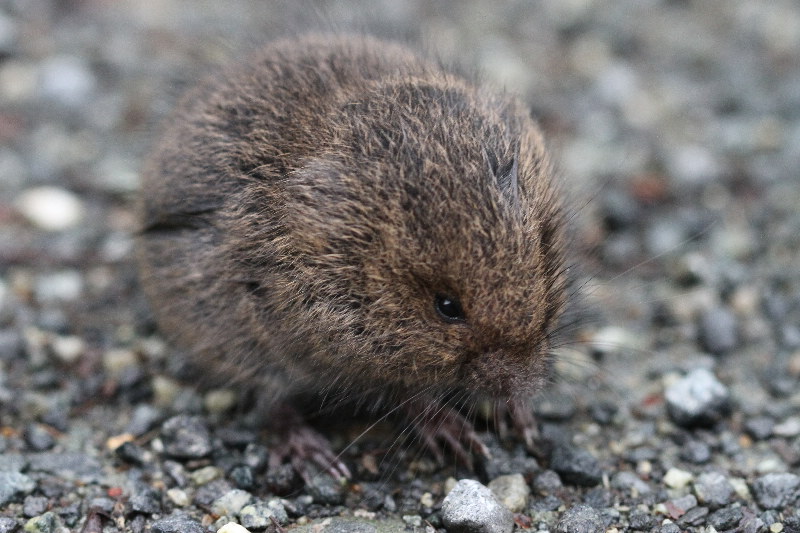Along the Air Line... 2011 - Spring, Part 12 The Air Line Trail in Eastern Connecticut - Stan Malcolm Photos |
mHome Page Stan's FlickR Albums |
June 4th. Blue-eyed Grass (Sisyrinchium sp., probably S. mucronatum). |
|
My, what delicate little flowers... |
|
Too bad they belong to Poison Ivy (Toxocodendron radicans). |
Probably Peck's Skipper (Polites peckius)... |
...tucked under a Larger Blue Flag Iris (Iris versicolor). |
Yarrow (Achillea millifolium). |
|
Lesser Stitchwort (Stellaria graminae), a Chickweed. |
|
|
Hop clover (Trifolium agrarium). |
June 5th. Highbush Blueberries (Vaccinium corymbosum) are swelling. |
A female Wood Duck (Aix sponsa) shepherds seven ducklings. |
|
Grass Moth (Family Crambidae) or Snout Moth (Family Pyralidae)? |
A Plume Moth (Family Pterophoridae, probably Hellinsia sp.). |
A male Black-winged Damselfly (Calopteryx maculatum). |
|
A Bee Hunter fly (Family Asilidae; possibly genus Laphria). Pretty good bumblebee mimic. |
A Flower Fly (Family Syrphidae) on Hawkweed (Hieracium sp.). Flower Flies also mimic bees and wasps. |
June 6th. Great Blue Heron (Ardea herodius). |
Green Frog (Rana clamitans). |
Red-spotted Purple (Limenitis arthemis astyanax). |
A very ragged Red Admiral (Vanessa atalanta). This species does not overwinter in Connecticut. Rather, migrants like this one come to us in the spring and lay eggs. In the fall, progeny migrate south to warmer climates. |
Not much left of this tired migrant's wings. |
A Damselfly. Best guess, a female Lestes sp. based on the short wings relative to the body length, though the wings are not held somewhat apart as is typical. |
June 8th. Pasture or Carolina Rose (Rosa carolina). |
|
Eastern Cottontail (Sylvilagus floridanus). |
June 9th. Dark clouds passing by to start a hot and humid day with storms expected later. |
Another Pasture or Carolina Rose (Rosa carolina), this time with a Damselfly perched on it. |
An Appalachian Brown (Satyrodes appalachia). |
The same butterfly in essentially the same spot, twenty minutes later. (Territorial.) |
A Whitelip, Connecticut's largest land snail (Gastropoda; Neohelix albolabris). |
A Meadow Vole (Microtus pennsylvanicus) sitting huddled on the trail, perhaps displaced from its nest by last nights heavy rains? |
